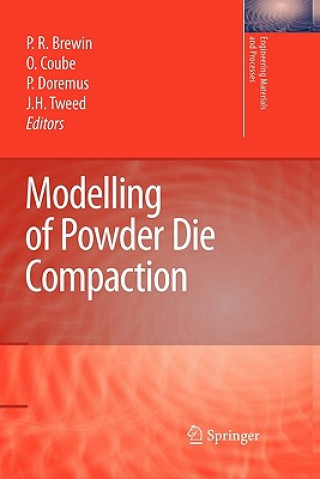
Kód: 01309375
Modelling of Powder Die Compaction
Autor Peter R. Brewin, Olivier Coube, Pierre Doremus and James Hayward Tweed
Manufacture of components from powders frequently requires a compaction step. This is widely used in the powder metallurgy, ceramic, hardmetal, magnet, pharmaceutical, refractory and other sectors to make anything from complex gea ... celý popis
- Jazyk:
 Angličtina
Angličtina - Väzba: Brožovaná
- Počet strán: 329
Nakladateľ: Springer London Ltd, 2010
- Viac informácií o knihe

211.39 €

Skladom u dodávateľa v malom množstve
Odosielame za 12 - 15 dní
Potrebujete viac kusov?Ak máte záujem o viac kusov, preverte, prosím, najprv dostupnosť titulu na našej zákazníckej podpore.
Pridať medzi želanie
Mohlo by sa vám tiež páčiť
-

Dragon Ball (3-in-1 Edition), Vol. 1
14.01 € -21 % -

Afghan
12.09 € -23 % -

Dragon Ball Z, Vol. 19
8.76 € -22 % -

Mnich Luís de Sousa
7.45 € -6 %
Darujte túto knihu ešte dnes
- Objednajte knihu a vyberte Zaslať ako darček.
- Obratom obdržíte darovací poukaz na knihu, ktorý môžete ihneď odovzdať obdarovanému.
- Knihu zašleme na adresu obdarovaného, o nič sa nestaráte.
Viac informácií o knihe Modelling of Powder Die Compaction
Nákupom získate 530 bodov
 Anotácia knihy
Anotácia knihy
Manufacture of components from powders frequently requires a compaction step. This is widely used in the powder metallurgy, ceramic, hardmetal, magnet, pharmaceutical, refractory and other sectors to make anything from complex gears for cars to pills to dishwasher tablets. Development of the tooling to manufacture a component can be a long process with several iterations. A complementary approach is to use a model of the compaction process to predict the way that powder behaves during compaction and hence the loads that need to be applied to achieve compaction and the quality of the compacted part.§Modelling of the process of die compaction has been the subject of recent collaborative research from leading experts in Europe and this book presents a summary of the state of the art, taking examples from recent world-class research. In particular the book presents a number of case studies that have been developed to test compaction models. Full details of data required for input to compaction models of these case studies is given together with a survey of the techniques used to generate the data. Details are also given of methods to produce and assess components for validation of die compaction models. Inclusion of information on case studies then provides a reference for testing and validation of compaction models.§The reader will gain an appreciation of:§The requirements in industry for models of die compaction §The techniques available to generate the material data required for input to compaction models §The production and assessment of compacts for comparison with model predictions §A range of compaction models and the results from exercises comparing results from these models with real powder compacts §And a range of potential uses and modes of use of compaction models in industry.Manufacture of components from powders frequently requires a compaction step. Modelling of Powder Die Compaction presents a number of case studies that have been developed to test compaction models. It will be bought by researchers involved in developing models of powder compaction as well as by those working in industry, either using powder compaction to make products or using products made by powder compaction.Manufacture of components from powders frequently requires a compaction step. This is widely used in powder metallurgy, ceramic, hardmetal, magnet, pharmaceutical, refractory and other sectors to make anything from complex gears for cars to pills to dishwasher tablets. Development of the tooling to manufacture a component can be a long process with several iterations. A complementary approach is to use a model of the compaction process to predict the way that powder behaves during compaction and hence the loads that need to be applied to achieve compaction and the quality of the compacted part.§Modelling of the process of die compaction has been the subject of recent collaborative research from leading experts in Europe and Modelling of Powder Die Compaction presents a summary of this state-of-the-art work, taking examples from recent world-class research. In particular, the book presents a number of case studies that have been developed to test compaction models. Full details of the data required for input to compaction models of these case studies is given, together with a survey of the techniques used to generate the data. Details are also given of methods to produce and assess components for validation of die compaction models. The inclusion of information on case studies then provides a reference for the testing and validation of compaction models.§Readers of Modelling of Powder Die Compaction will gain an appreciation of:§The requirements in industry for models of die compaction;§The techniques available to generate the material data required for input to compaction models;§The production and assessment of compacts for comparison with model predictions;§A range of compaction models and the results from exercises comparing results from these models with real powder compacts; and§A range of potential uses and modes of use of compaction models in industry.
 Parametre knihy
Parametre knihy
Zaradenie knihy Knihy po anglicky Technology, engineering, agriculture Industrial chemistry & manufacturing technologies Industrial chemistry
211.39 €
- Celý názov: Modelling of Powder Die Compaction
- Autor: Peter R. Brewin, Olivier Coube, Pierre Doremus and James Hayward Tweed
- Jazyk:
 Angličtina
Angličtina - Väzba: Brožovaná
- Počet strán: 329
- EAN: 9781849965545
- ISBN: 978-1-84996-554-5
- ID: 01309375
- Nakladateľ: Springer London Ltd
- Hmotnosť: 508 g
- Rozmery: 235 × 155 × 20 mm
- Dátum vydania: 22. October 2010
Obľúbené z iného súdka
-

Understanding Wine Technology
31.76 € -23 % -

Art of Beef Cutting - A Meat Professional's Guide to Butchering and Merchandising
39.93 € -20 % -

French Patisserie
50.01 € -17 % -

Art of Making Fermented Sausages
17.34 € -17 % -

Malt
16.33 € -23 % -

Mouthfeel
60.61 € -

Salami
119.30 € -
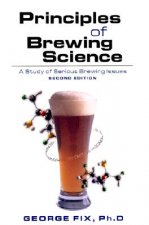
Principles of Brewing Science
30.25 € -2 % -

Organic Chemistry of Drug Design and Drug Action
102.36 € -6 % -

Pharmaceutical Competitive Intelligence for the Regulatory Affairs Professional
82.09 € -
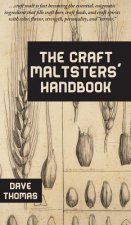
Craft Maltsters' Handbook
30.95 € -

Designing Plastic Parts for Assembly
171.35 € -

Introduction to Chemical Engineering - Tools for day and Tomorrow, 5th Edition
84 € -

How To Brew
21.57 € -16 % -
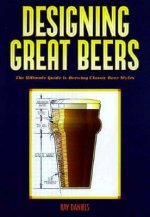
Designing Great Beers
20.56 € -23 % -

Soapmaker's Companion
18.25 € -21 % -

Introduction to Perfumery
97.52 € -

Future Foods
24.80 € -33 % -

Camra's Home-Brewing Problem Solver
15.32 € -17 % -

Chromatopia
22.68 € -15 % -

Craft and Science of Coffee
122.73 € -10 % -
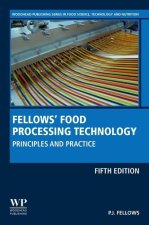
Food Processing Technology
131.10 € -

Food Safety - The Science of Keeping Food Safe 2e
85.11 € -

Altbier
15.93 € -1 % -

Undiscovered Self
24.09 € -

Note-by-Note Cooking
28.23 € -5 % -

Formulation and Preparation of Cosmetics, Fragrances and Flavors
90.56 € -

New Brewing Lager Beer
17.54 € -16 % -

Microbiome, Immunity, Digestive Health and Nutrition
178.10 € -

Wine Chemistry and Biochemistry
327.37 € -

Coulson and Richardson's Chemical Engineering
128.58 € -

Food Microbiology
204.93 € -

Voigt's Pharmaceutical Technology
159.34 € -

Manufacturing: Process Techniques for the Cosmetic Industry
250.12 € -

Oktoberfest, Vienna, Marzen
11.08 € -16 % -

Cosmetic Creams - Development, Manufacture and Marketing of Effective Skin Care Products
180.93 € -

Belgian Ale
9.97 € -23 % -

Pigment Processing
226.39 € -

Continental Pilsener
13 € -2 % -

Amber Revolution
41.24 € -

Natural Soap Book
13.91 € -14 % -

Cosmeceuticals and Cosmetic Ingredients
252.74 € -
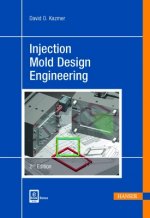
Injection Mold Design Engineering
136.25 € -4 % -

Colour
8.87 € -23 % -
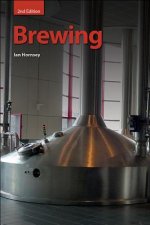
Brewing
39.32 € -
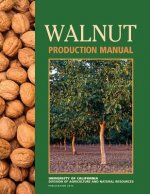
Walnut Production Manual
68.17 € -

Emperor Of Scent
12.09 € -23 % -

Chemical Formulary, Volume 1
52.13 € -45 % -
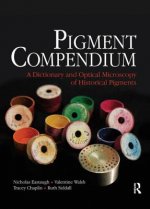
Pigment Compendium
257.07 €
Osobný odber Bratislava a 2642 dalších
Copyright ©2008-24 najlacnejsie-knihy.sk Všetky práva vyhradenéSúkromieCookies


 21 miliónov titulov
21 miliónov titulov Vrátenie do mesiaca
Vrátenie do mesiaca 02/210 210 99 (8-15.30h)
02/210 210 99 (8-15.30h)